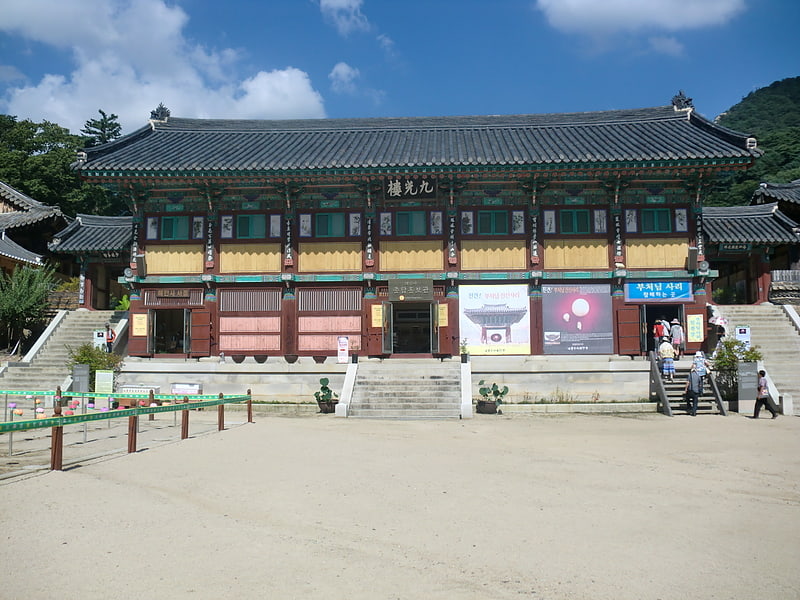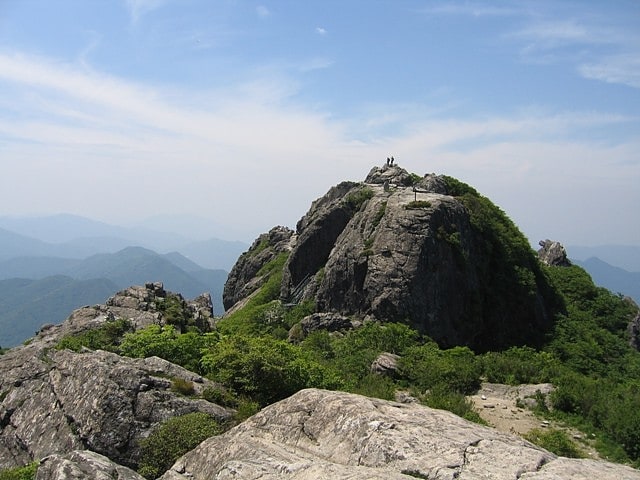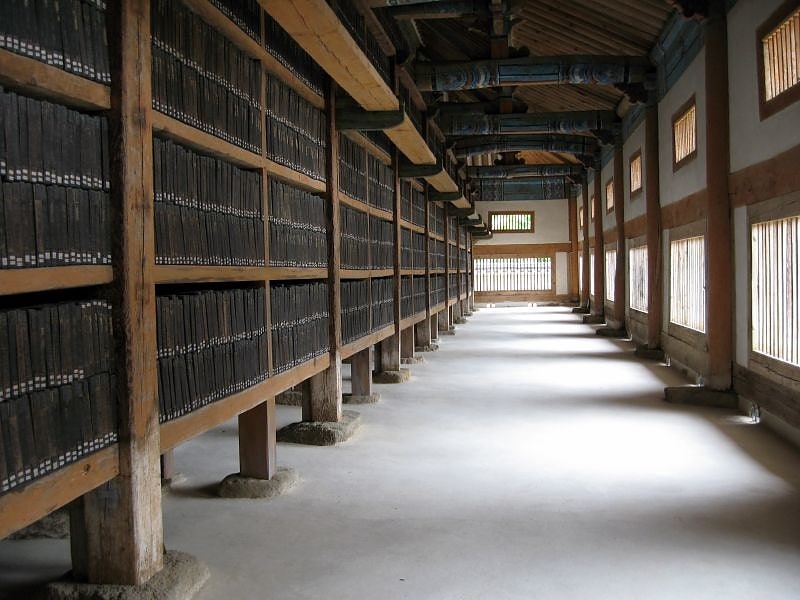Discover 4 hidden attractions, cool sights, and unusual things to do in Gayasan National Park (South Korea). Don't miss out on these must-see attractions: Haeinsa, Simwonsa, and Gayasan. Also, be sure to include Tripitaka Koreana in your itinerary.
Below, you can find the list of the most amazing places you should visit in Gayasan National Park (Gyeongsangbuk-do).
Table of Contents
Haeinsa

Also known as: 해인사
Temple in Hapcheon County, South Korea. Haeinsa is a head temple of the Jogye Order of Korean Seon Buddhism in Gayasan National Park, South Gyeongsang Province, South Korea. Haeinsa is most notable for being the home of the Tripitaka Koreana, the whole of the Buddhist Scriptures carved onto 81,350 wooden printing blocks, which it has housed since 1398.
Haeinsa is one of the Three Jewels Temples, and represents Dharma or the Buddha’s teachings. It is still an active Seon (선, 禪) practice center in modern times, and was the home temple of the influential Seon master Seongcheol (성철, 性徹), who died in 1993.[1]
Address: 122, Haeinsa-gil, Gaya-myeon, 50200 Hapcheon-Gun
Simwonsa

Also known as: 심원사
Buddhist temple in Seongju County, South Korea. Simwonsa is a Buddhist temple of the Jogye Order in Seongju-gun, North Gyeongsan, South Korea.[2]
Gayasan

Also known as: 가야산
Gayasan, also known as Gaya Mountain, is a mountain in Gyeongsangbuk-do, eastern South Korea. This mountain reaches an elevation of 1,433 metres. It is located in Gayasan National Park, which is named in honor of this mountain.
This mountain has two major peaks: one of them is Sangwangbong Peak, for which the height is 1,430 meters, and the other, Chulbulbong, is 1,433 above sea level.[3]
Tripitaka Koreana

Also known as: 합천 해인사 대장경판
Historical place in Hapcheon County, South Korea. The Tripiṭaka Koreana or Palman Daejanggyeong is a Korean collection of the Tripiṭaka, carved onto 81,258 wooden printing blocks in the 13th century. It is the world's most comprehensive and oldest intact version of Buddhist canon in Hanja script, with no known errors or errata in the 52,330,152 characters which are organized in over 1496 titles and 6568 volumes. Each wood block measures 24 centimeters in height and 70 centimeters in length. The thickness of the blocks ranges from 2.6 to 4 centimeters and each weighs about three to four kilograms. The woodblocks would be almost as tall as Mount Baekdu at 2.74 km if stacked and would measure 60 km long if lined up, and weigh 280 tons in total. The woodblocks are in pristine condition without warping or deformation despite being created more than 750 years ago. The Tripiṭaka Koreana is stored in Haeinsa, a Buddhist temple in South Gyeongsang Province, in South Korea.
There is a movement by scholars to change the English name of the Tripiṭaka Koreana. Professor Robert Buswell Jr. a leading scholar of Korean Buddhism, called for the renaming of the Tripiṭaka Koreana to the Korean Buddhist Canon, indicating that the current nomenclature is misleading because the Tripiṭaka Koreana is much greater in scale than the actual Tripiṭaka, and includes much additional content such as travelogues, Sanskrit and Chinese dictionaries, and biographies of monks and nuns.
The Tripiṭaka Koreana was designated a National Treasure of South Korea in 1962, and inscribed in the UNESCO Memory of the World Register in 2007.
Haeinsa has decided to open the Palman Daejanggyeong, which was limited to Buddhist events, to the public every weekend, morning and afternoon from 19 June 2021. However, the tour program is pre-booked and can be done on the Haeinsa official website.[4]